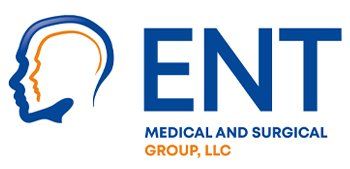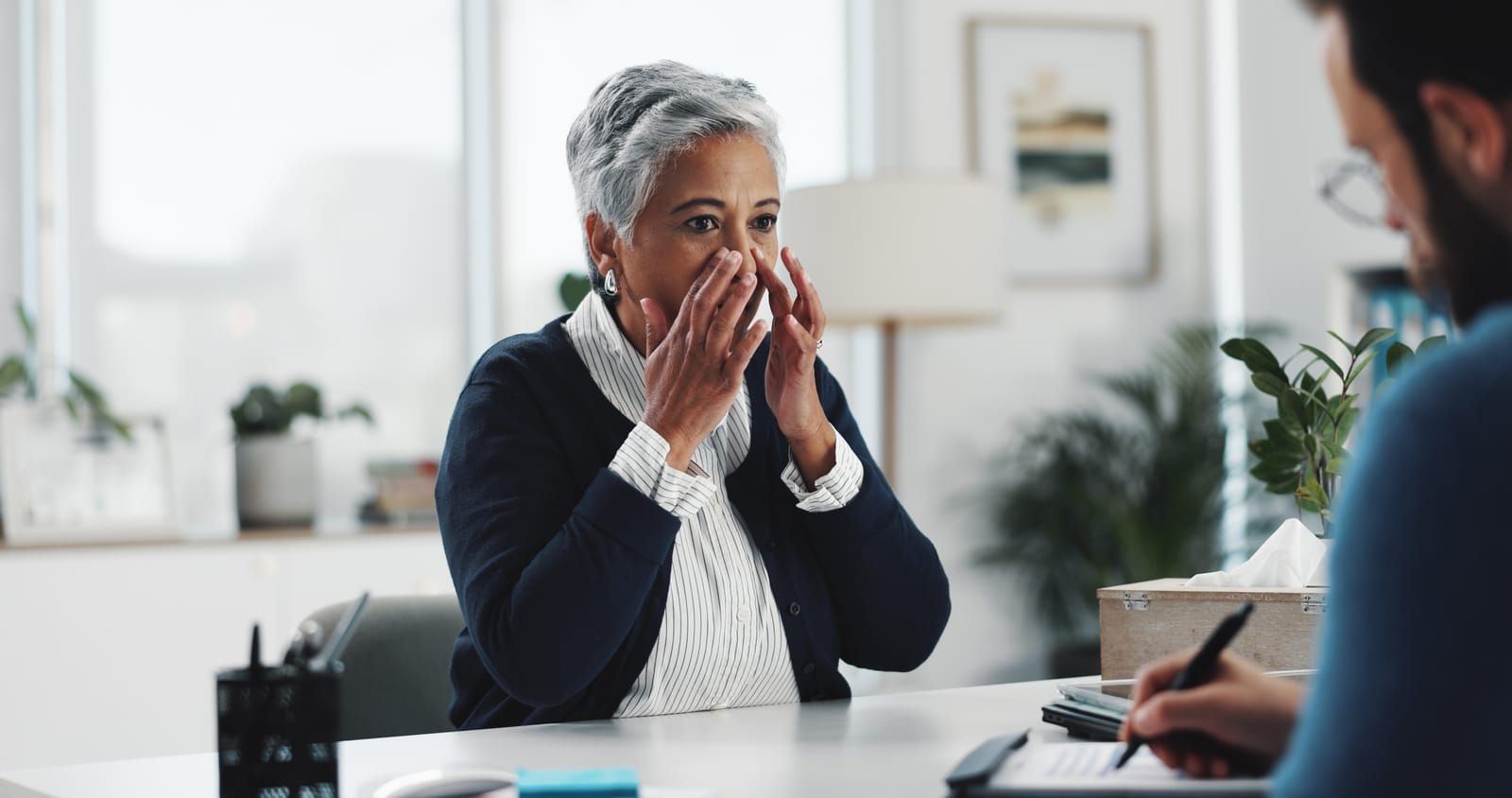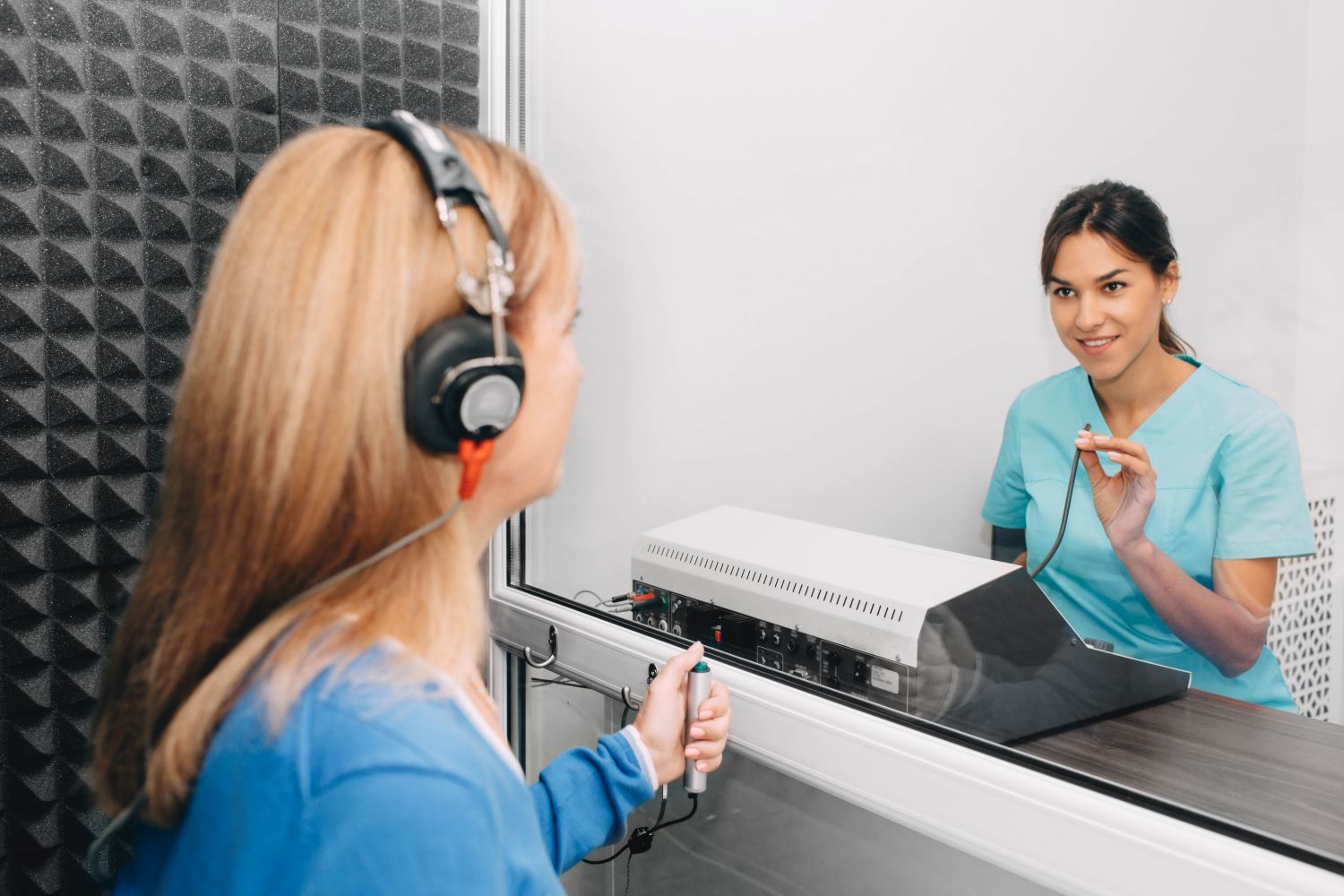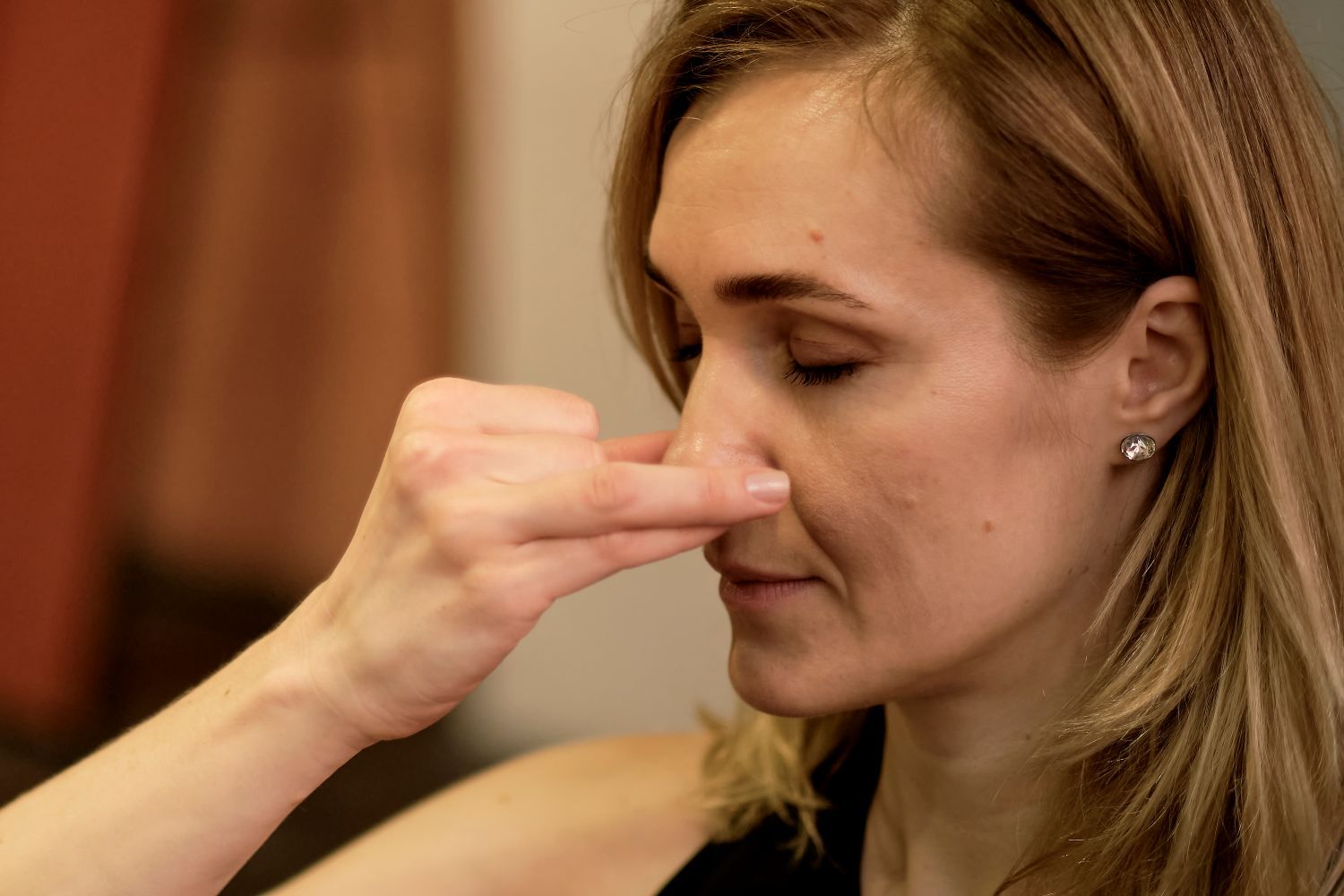Effective Remedies to Relieve a Sore Throat
A sore throat can be irritating and uncomfortable, making simple actions like swallowing or talking challenging. It often accompanies colds, flu, and allergies, causing pain and inflammation in the throat. The good news is that there are effective, simple remedies that can bring relief.
Common Causes of a Sore Throat
Viral infections, such as colds and flu, are the most common culprits. Bacterial infections like strep throat can also cause significant throat pain. Additionally, irritants like dry air, pollution, or allergens can lead to discomfort. Knowing what might be causing your sore throat helps in selecting the right treatment approach.
Home Remedies That Provide Relief
Simple remedies can often ease mild throat pain. Here are some effective methods to try at home:
1. Stay Hydrated
Drinking enough fluids keeps the throat moist and reduces irritation. Warm teas, water, and broths are some of the options that can provide soothing relief. Avoid caffeinated and alcoholic beverages, as they can dehydrate the body.
2. Gargle with Salt Water
Salt water helps reduce swelling and cleanse the throat. To make a saltwater gargle, mix half a teaspoon of salt in a cup of warm water. Gargle for a few seconds before spitting it out. This can be repeated a few times a day for optimal results.
3. Use Honey and Warm Liquids
Honey has natural antibacterial properties to soothe the throat. Mixing a tablespoon of honey in warm water or tea can reduce pain and inflammation. However, please note that honey should not be given to children under one year old.
4. Use a Humidifier
Dry air can worsen throat pain, especially during colder months. Using a humidifier adds moisture to the air, helping to keep the throat from drying out and reducing irritation. If a humidifier isn’t available, taking a warm shower or breathing in steam can have a similar effect.
Over-the-Counter Solutions
There are several over-the-counter (OTC) remedies available for sore throat relief. Throat lozenges and sprays containing mild anesthetics can temporarily numb the area and ease pain. OTC pain relievers such as ibuprofen or acetaminophen can also reduce pain and inflammation.
When to Consult an ENT Specialist
While most sore throats go away on their own, some cases require medical attention. You should consult an ENT specialist if it lasts more than a week, is severe, or comes with other symptoms—like high fever, difficulty swallowing, or swollen lymph nodes. Persistent or recurring sore throats could be a sign of an underlying condition that needs medical evaluation.
Tips for Preventing Sore Throats
Preventing sore throats often involves maintaining a healthy lifestyle and practicing good hygiene. Washing your hands regularly, avoiding close contact with sick individuals, and keeping your immune system strong through a balanced diet and regular exercise can reduce the risk of infections.
Using a mask in areas with high pollution or during allergy season can also help protect your throat.
Final Thoughts
A sore throat can be a simple inconvenience or a sign of something more serious. By understanding the causes and remedies, you can take the right steps for relief. For persistent or severe symptoms, consulting an ENT specialist can ensure there is no underlying issue that requires treatment.
Don't let throat pain disrupt your life—take the first step toward lasting relief. For expert care and effective relief from persistent sore throats or other ENT concerns, trust our specialists at ENT Medical and Surgical Group. Schedule your consultation to receive personalized treatment and regain your comfort. Contact us to learn more.













